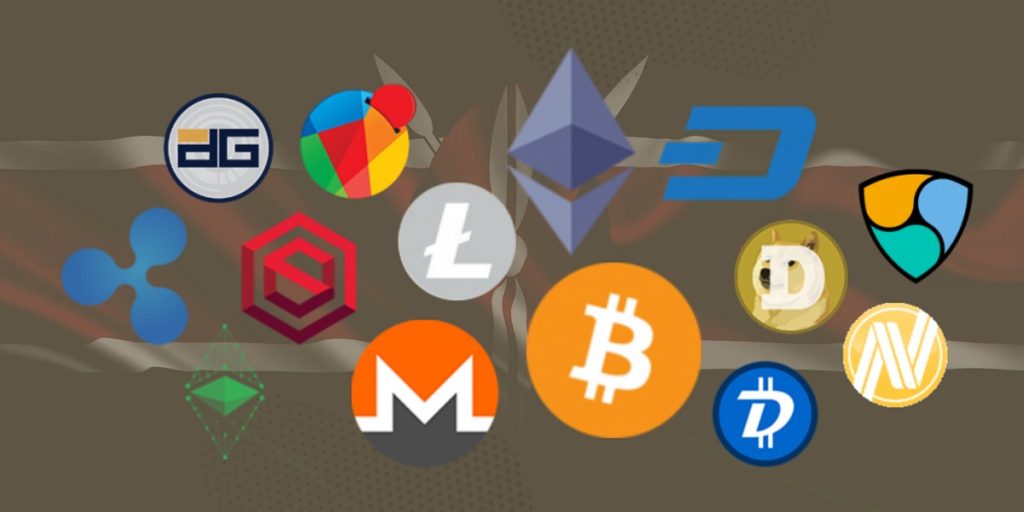A fake token attack is a type of cryptocurrency scam where malicious actors create counterfeit or fraudulent tokens that mimic legitimate cryptocurrencies. These fake tokens are designed to deceive investors and traders into believing they are purchasing or trading a genuine asset, often leading to financial losses or other negative consequences such as identity theft.
How Scammers Use Fake Tokens
Real tokens and fake ones mimicking them can exist on the same blockchain but with different smart contract addresses, or on different blockchains. Fake tokens can be used in a variety of fraudulent schemes.
Initial Coin Offerings (ICOs) and Token Sales: Attackers may launch fake ICOs or token sales, enticing investors with the promise of getting in early on a groundbreaking project. Once they collect funds, they disappear, leaving investors with worthless tokens.
Airdrops and Giveaways: Fake tokens are sometimes distributed through airdrops or giveaways, where users are asked to provide personal information or pay a small fee to receive the tokens. This can lead to further scams or identity theft.
Pump and Dump Schemes: Scammers may artificially inflate the price of a fake token through coordinated buying (pump) and then sell off their holdings at the peak (dump), leaving other investors with devalued assets on their hands.
Launchpool Token Scams: The schemes described above can be complicated and costly to pull off, so scammers can choose to resort to lower-cost attacks, such as those using fake Launchpool tokens attacks. In this type of scams, criminals capitalize on the publicity that the promotion and dissemination of an asset by a reputable exchange creates, claiming, for example, that they can offer such tokens at a discount through unofficial channels that are not associated with the platforms like Binance that do the original promotion.
For example, Binance promotes official Launchpool tokens ahead of launch, and the attackers often seek to capitalize on it. When a fake token is designed to mimic such a well-publicized asset, scammers’ promotional costs can be greatly reduced, and the only thing they have to do is convince potential victims that the token they are pushing is the same as the one promoted via Binance Launchpool.
Tips for Identification and Avoidance
Verify the Contract Address: Every digital token has a contract address associated with it. Always obtain the contract address from official sources such as the project’s official website, verified social media accounts, or reputable cryptocurrency listing platforms like CoinMarketCap or CoinGecko. Cross-check the contract address across multiple official sources to ensure consistency.
Use Risk Assessment Tools: Contract code analysis, swap analysis, and liquidity analysis are the most basic methods to detect token risks, but these can present technical barriers as they require a certain level of coding and blockchain-specific skills. Users who are less familiar with the technical aspects of digital assets can rely on consumer tools designed to help assess risk probabilities. For example, Token Sniffer is an easy-to-use and convenient tool that can help in risk identification.
Stay updated with Risk News: The best way to mitigate scam-related risks in the crypto space is staying on top of the latest developments in the industry. Following specialized risk-focused blogs and security news will help you get better at identifying red flags and avoiding scammers.
Fake tokens are a significant threat in the cryptocurrency space, preying on the enthusiasm of investors and their willingness to explore new opportunities when it comes to emerging tokens. By staying informed, conducting thorough research, and exercising caution, you can protect yourself from falling victim to these scams. Always remember the old adage: if something sounds too good to be true, it probably is.
Read: Binance Launches Mobile Money Payments for Crypto Purchases in West and Central Africa

